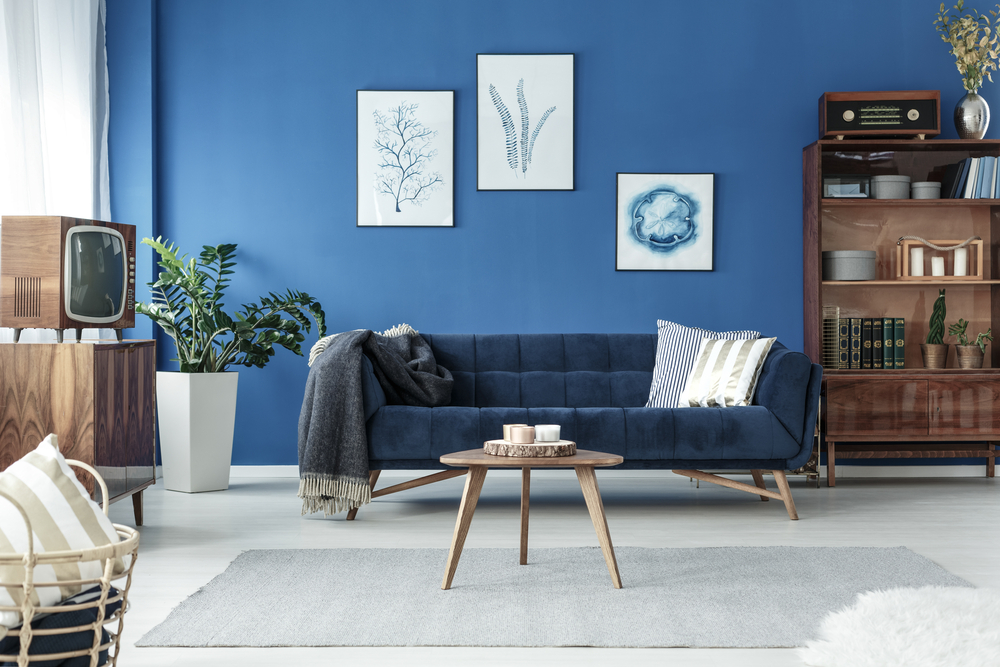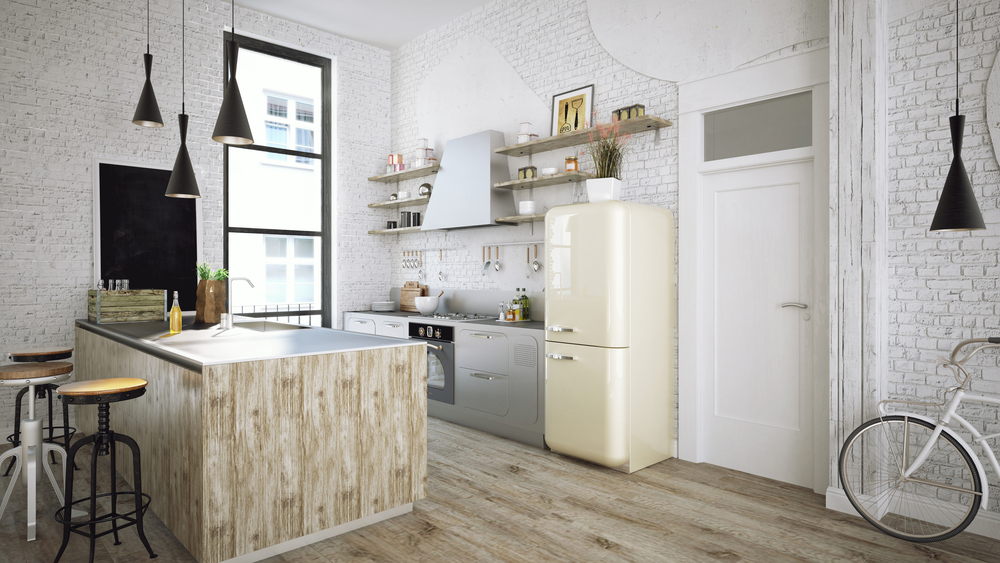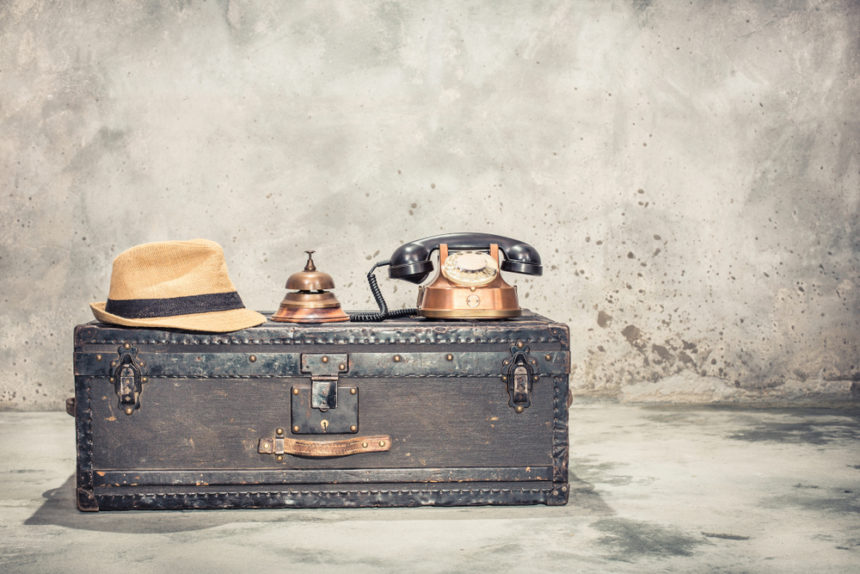Everything new is well forgotten old! Under this motto, the world embraced the love of retro interiors. Expressive forms, bright cheerful colors, and graphic prints are all relevant again. Four decades of the last century can be attributed to retro-style interiors – the period from the 1950s to the 1980s.
In these decades, on both sides of the ocean, such styles as mid-century modern, pop art, minimalism, and others followed each other. The design of each of these decades had its own characteristics, as well as national features but today they can be mixed together to create a stylized interior. In our collection, we propose to consider the main characteristic signs of Retro style.

Artificial and Inexpensive Materials
Post-war time with difficult economic conditions almost completely changed the subject design. People needed inexpensive furniture, so for mass production, they began to use simple and inexpensive materials: wood of available breeds, synthetic fabrics for upholstery, corrugated cardboard, and plywood. A little later, designers took a great interest in artificial materials. The interiors began to use a laminate of bright colors and laminated plastic. The simplicity of the materials was compensated by the designers with bright colors and original forms with a minimum of decor.
Thin Legs
Successful space exploration and futuristic themes brought fashion to the rounded, smooth, soft forms and glossy chrome-plated surfaces in the subject design. New materials made it possible to create furniture with unusual curved lines. A distinctive feature of retro furniture is conical legs, located at different angles, or thin legs made of chromed or painted metal. Due to this, all massive cabinet furniture seems light and floating in the air. At the same time, swivel chairs on one massive metal leg became popular.

Bright Colours
Hippie generation, progress, optimism and faith in a bright future – such moods reigned in the 60-70s. Hence, the love for a bright palette in the interior, where sometimes shades that are often not combined with each other deliberately mix. Saturated, cheerful colors of warm tones – orange, pink, blue, yellow, lime – and their combinations well balance wooden textures in warm brown tones.
Prints
Another sign of Retro style is large prints with floral motifs and geometric patterns in a multi-colored design. These graphic elements were styled by artists and designers who worked in pop and op art styles. A great influence on the development of the design of that era was played by Andy Warhol and his famous art objects: posters with portraits of celebrities and the image of advertising soup and ketchup. Squares, intersecting lines, circles, and large flowers may be present on the wallpaper, fabrics, upholstery, textiles, and carpets. But such expressive accents should be used metered.


Leave a Reply